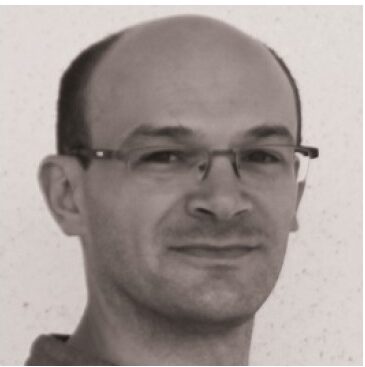Redefining Electronics for a Greener Future
GreenOMorph - Green materials for neurOMorphic signal processing by organic synaptic transistors

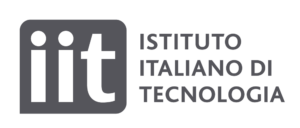



Green Neuromorphic Computing
GreenOMorph pioneers a radical shift in electronics by harnessing eco-friendly organic materials, low-temperature manufacturing, and neuromorphic computing. We design sustainable tactile sensory neurons that combine high performance with a minimal environmental footprint, setting new standards for responsible technology development.
Presentations
Publications
Consortium Members
Researchers
Mio. €
Years
Objectives
GreenOMorph aims to reduce the significant environmental impact of electronics by radically new approaches.
By using eco-friendly organic materials, innovative low-temperature manufacturing methods and energy-efficient neuromorphic computing, we create sustainable tactile sensory neurons.
Our approach combines high performance with minimal environmental footprint, setting a benchmark for responsible technology development.
Objectives
GreenOMorph aims to reduce the significant environmental impact of electronics by radically new approaches.
By using eco-friendly organic materials, innovative low-temperature manufacturing methods and energy-efficient neuromorphic computing, we create sustainable tactile sensory neurons.
Our approach combines high performance with minimal environmental footprint, setting a benchmark for responsible technology development.



Objectives
GreenOMorph aims to reduce the significant environmental impact of electronics by radically new approaches.
By using eco-friendly organic materials, innovative low-temperature manufacturing methods and energy-efficient neuromorphic computing, we create sustainable tactile sensory neurons.
Our approach combines high performance with minimal environmental footprint, setting a benchmark for responsible technology development.
Work Plan

WP1

WP2

WP3

WP4

WP5

WP6

WP7

WP8

Work Package 1
Sustainability assesement
The detailed sustainability assessment in WP 1 ensures environmentally conscious innovation by defining targets, evaluating technologies for minimal environmental impact, and developing a full recycling processes for substrates and metals. By aligning technical and social requirements with stakeholder expectations, we create value chains that promote responsible and impactful electronics development.
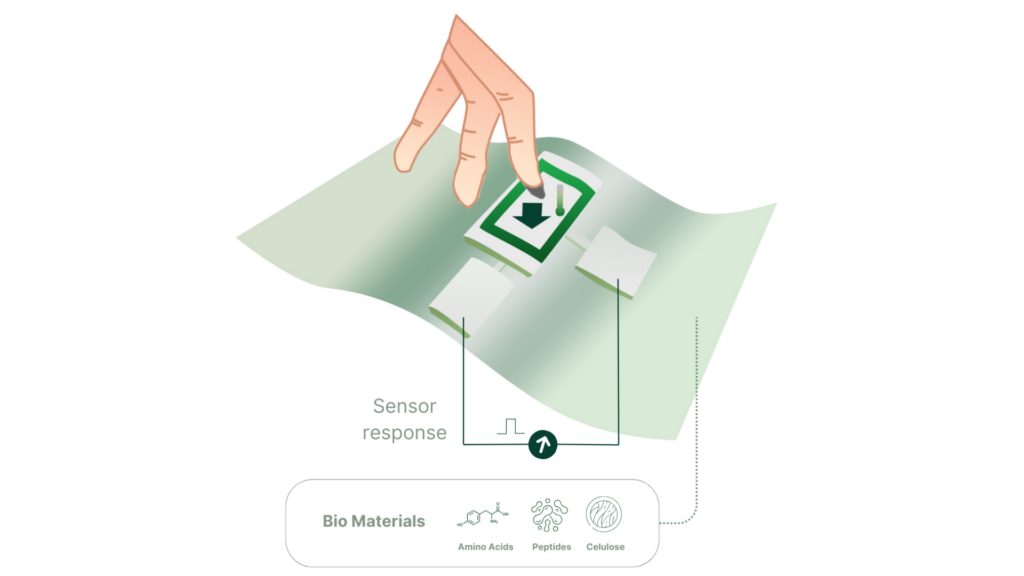
Work Package 2
Tactile sensors based on non-fluorinated ferroelectrics
Advancing tactile sensing technology with non-fluorinated, printable ferroelectric materials for eco-friendly innovation is the main objective of WP 2. Our work focuses on developing flexible, high-performance sensors with reproducible results, fabricated through techniques such as NIL-assisted blade coating and layer by layer processing.
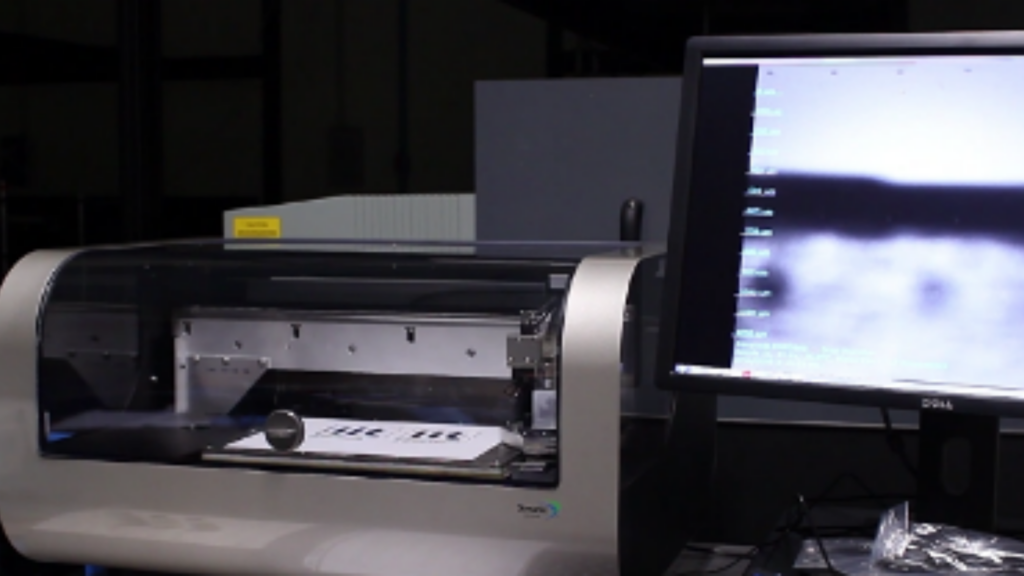
Work Package 3
Green organic electronics development
In WP 3, we explore green chemistry approaches to create eco-friendly synthesis routes towards organic semiconductors and sustainable solution-based processes to create high-performance organic transistors and circuits. With recyclable components and advanced additive fabrication methods, our designs ensure minimal environmental impact while achieving exceptional precision and efficiency.
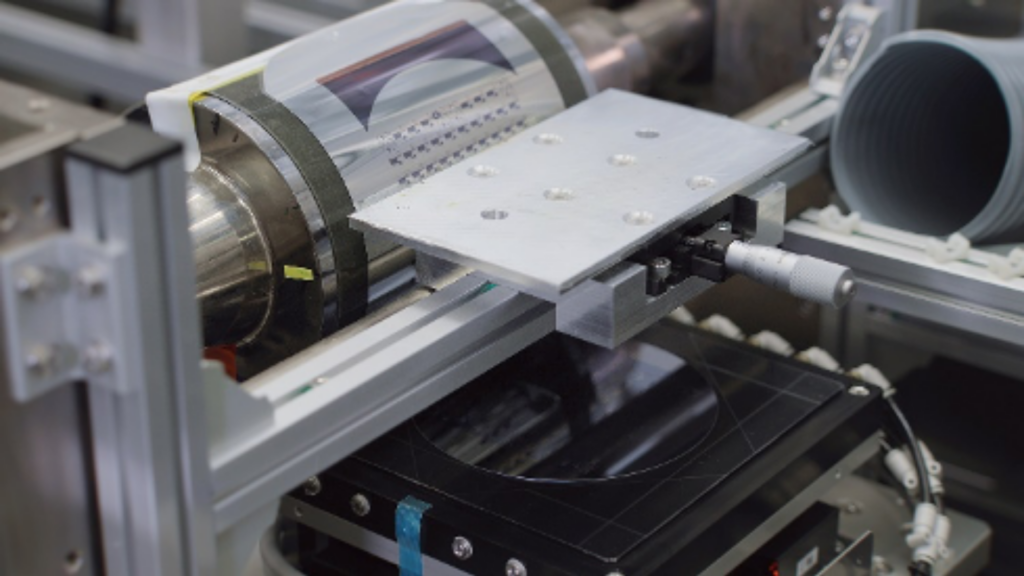
Work Package 4
Artificial synapse development
We are developing organic artificial synapses using sustainable, solution-processed materials. These devices mimic neural plasticity, paving the way for eco-friendly and efficient computing innovations.
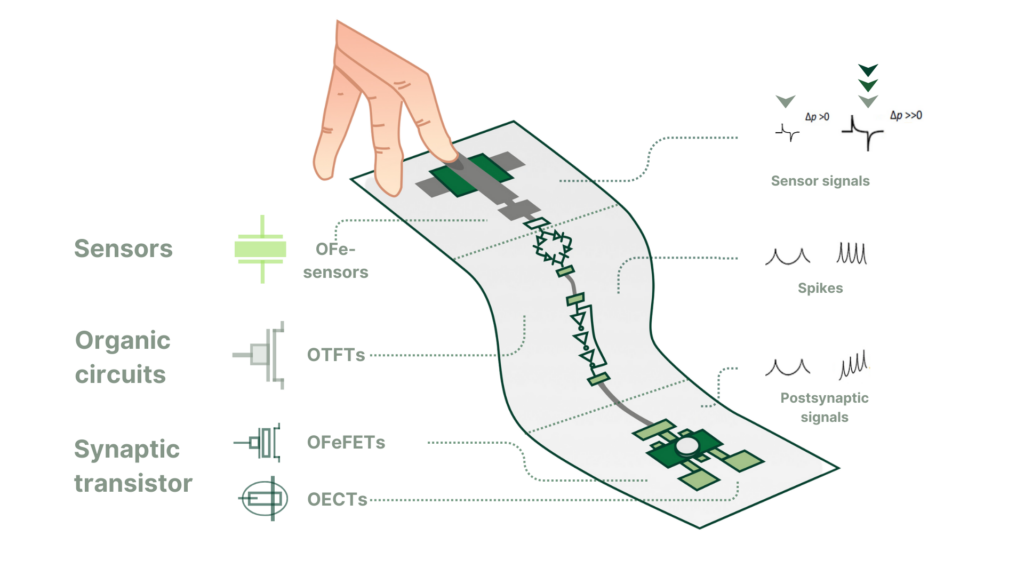
Work Package 5
Functional integration and validation
In this work package, we foresee to create and validate an Organic Artificial Sensory Nerve (OASN) that integrates sensors, circuits, and synaptic transistors to mimic biological sensory functions. This neuromorphic system can perceive, learn, and memorize tactile patterns, enabling advanced, sustainable sensory technologies.
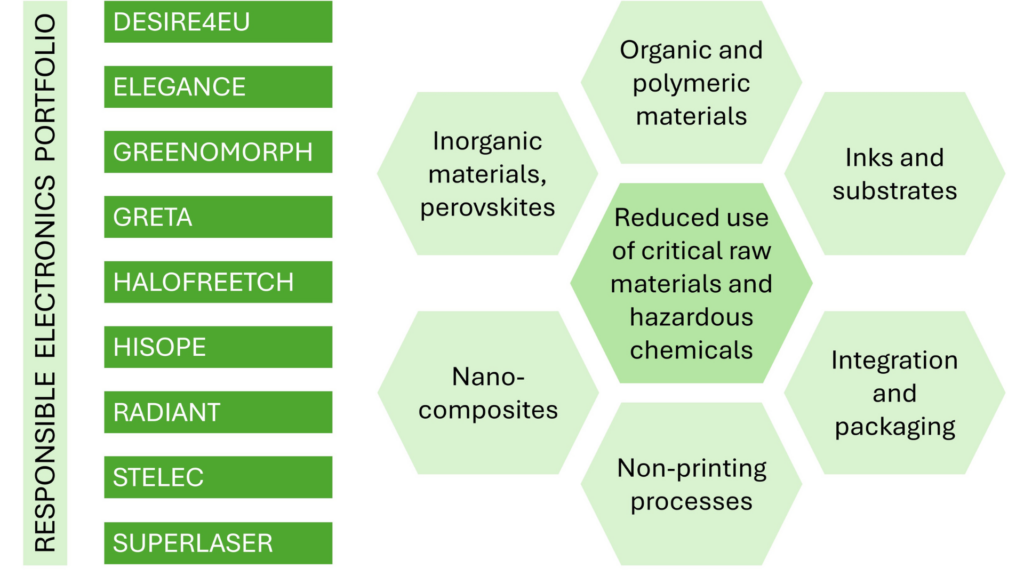
Work Package 6
Portfolio management
GreenOMorph is part of the Responsible Electronics Project Portfolio. Within this portfolio, scientific collaborations on specific topics as well as joint dissemination and exploitation strategies will be explored.
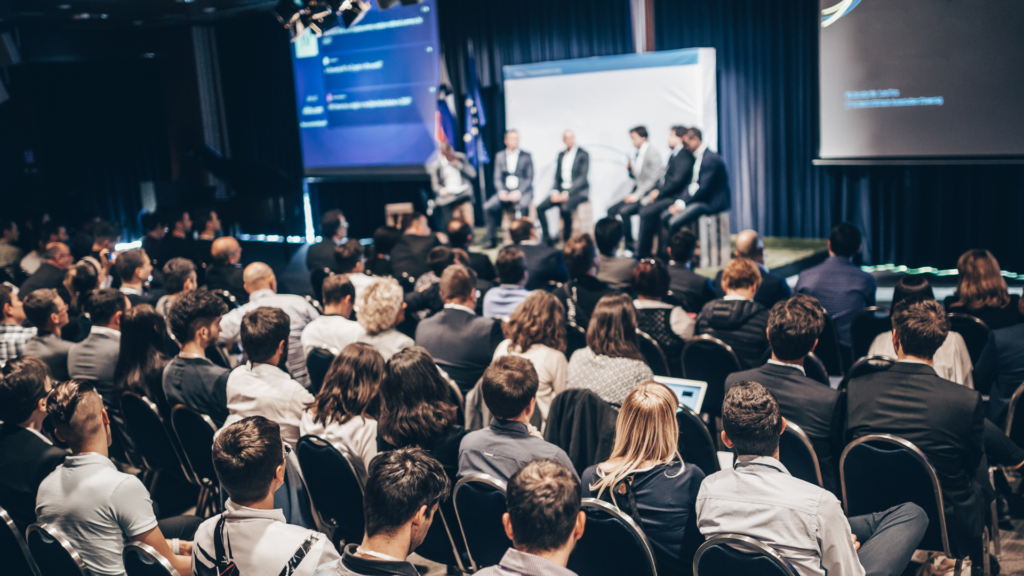
Work Package 7
Dissemination and exploitation
We amplify the impact of our results through targeted dissemination, engaging stakeholders, target groups, and the public. By promoting key findings and defining an exploitation plan, we ensure our innovations deliver tangible value and inspire the scientific community.

Work Package 8
Project coordination and data management
WP 8 ensures seamless project coordination through robust management procedures, legal and financial oversight, and effective communication across the consortium. By monitoring progress, managing risks, and sharing data via a structured plan, we set a framework to efficiently drive innovation.
Consortium





JOANNEUM RESEARCH
The JOANNEUM RESEARCH Forschungsgesellschaft mbH is a non-university research company headquartered in Graz, Austria with around 500 employees. We develop solutions and technologies for society, economy and industry. JOANNEUM RESEARCH is coordinating GreenOMorph and we carry out project tasks at our institutes MATERIALS and LIFE.
MATERIALS provides solutions for the entire value chain from the idea to the prototype, through miniaturisation, integration and material optimisation: large-area micro and nanostructures, bio and chemo-sensors, light technologies, functionalised surfaces and laser processes. In GreenOMorph MATERIALS performs processing technology developments for all of the three parts of the organic artificial sensory neuron (OASN) i.e. from sensor via electronics to the synapse.
LIFE carries out research into core questions related to climate, energy and social systems using in-depth scientific modelling, profitability calculations and life cycle assessment, and provides public bodies and businesses with support in implementing measures aimed at promoting climate resilience and climate neutrality. In this project LIFE performs in depth LCA and social-LCA of materials, processes and devices, guiding the developments from the start. Acceptance of technologies by public and industry for commercial exploitation is backed by a team of social scientists.
Eindhoven University of Technology
Eindhoven University of Technology (TU/e) is a public higher education institute located in Eindhoven, The Netherlands, in the heart of the Brainport region, known for its strong emphasis on innovation and technology. TU/e incorporates nine faculties, of which the Electrical Engineering (EE) one is a key player in Brainport ecosystem.
The EE department’s mission is to advance knowledge and understanding in electrical engineering through a combination of education, research, and valorisation. It aims to contribute to a smart, sustainable society, a connected world, and healthcare innovations1. The department is highly interdisciplinary, collaborating closely with industry leaders like ASML, Philips, and NXP to drive technological advancements2.
TU/e, counts around 14,000 students enrolled in its BSc and MSc programs and approximately 1350 students in the PhD and EngD programs.
Italian Institute of Technology (IIT)
The Italian Institute of Technology (IIT) is a leading research institution based in Italy, established in 2003 with the aim of promoting excellence in science and technology. IIT focuses on cutting-edge interdisciplinary research in fields such as robotics, life sciences, nanotechnology, computational sciences, and materials science. Its mission includes both scientific discovery and the development of innovative technologies with societal and industrial impact. Its Printed and Molecular Electronics research line, headed by the PI Dr Mario Caironi, capitalizes on more than ten years of experience in the developing of flexible, sustainable, and cost-effective electronic devices using advanced materials and printing techniques. The research line was deployed to affirm printed, flexible electronics as a concrete technological opportunity.
Graz University of Technology
Graz University of Technology (TUG) currently has around 2,000 employees, of which 1,200 are scientists who work in research and teaching in 7 faculties. The number of students is more than 12,000. In this project, the activities are carried out by the Institute for Chemistry and Technology of Materials – ICTM. The ICTM’s research activities lie in the “Field of Expertise Advanced Materials Science” at TU Graz and include the areas of macromolecular chemistry, ion diffusion in solids and battery materials, piezoceramics, materials for use in OFETs, OLEDs, and emerging solar cells. Additional in-house collaborations within TU Graz offer a network of versatile infrastructure and know-how.
VTT
VTT is one of Europe’s leading research institutions. We are owned by the Finnish state. We advance the utilisation and commercialisation of research and technology in commerce and society. Through scientific and technological means, we turn large global challenges into sustainable growth for businesses and society. We bring together people, business, science and technology to solve the biggest challenges of our time. This is how we create sustainable growth, jobs and wellbeing and bring exponential hope.
IPC
IPC is the Industrial Technical Centre of the polymer and composite industry in France dedicated to fostering innovation. With a large network of experts across the territory, IPC collaborates with technology providers and researchers at French and European level in order to answer industries demands in terms of R&D, as well as technology and competencies transfer through innovative and high added value facilities and manufacturing pilot lines, for all polymer manufacturing processes. IPC offers expertise in the formulation of plastics and composites, plastic processing (injection moulding, extrusion, etc.), thermoplastic and thermoset composites processing, simulation and modelling, additive manufacturing, circular economy of plastics, polymer recycling, design and production of plastic products, and physico-chemical characterizations.
Team





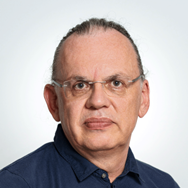
Dr. Herbert Gold
Coordinator

Sara Carniello MSc MBa
Scientist

Dr. Barbara Stadlober
Research group leader
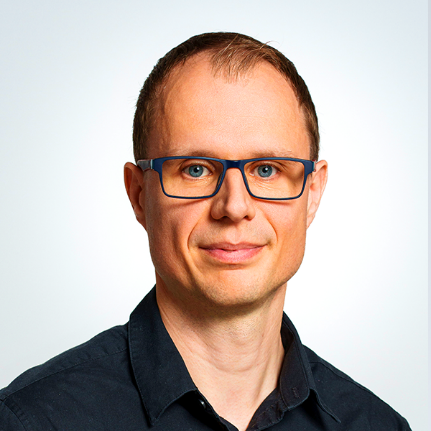
Dr. Andreas Petritz
Senior Scientist

Dr. Thomas Rath
Senior Scientist

Dr. Elisabeth Schwarz-Funder
Scientist

Christine Priel, MSc
Researcher

DIin Ruzica Luketina
Social Scientist

Dr. Ingrid Kaltenegger
Scientist

Dr. Michael Brenner-Fließer
Social Scientist

Dr. Oliver Werzer
Scientist

Dr. Philipp Schäffner
Scientist

Elisabeth Schreck, MSc
PhD Student
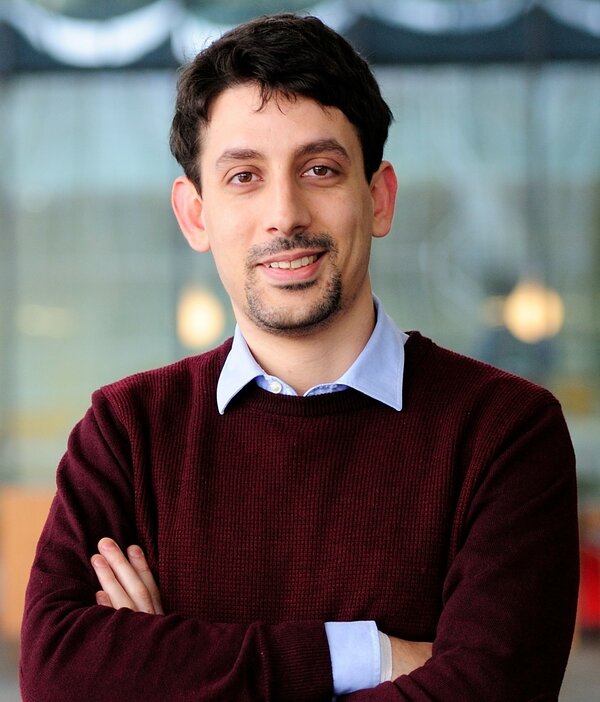
Dr. Marco Fattori
Assistant Professor

Prof. Eugenio Cantatore
Full Professor

Dr. Mario Caironi
Senior Researcher and Principal Investigator
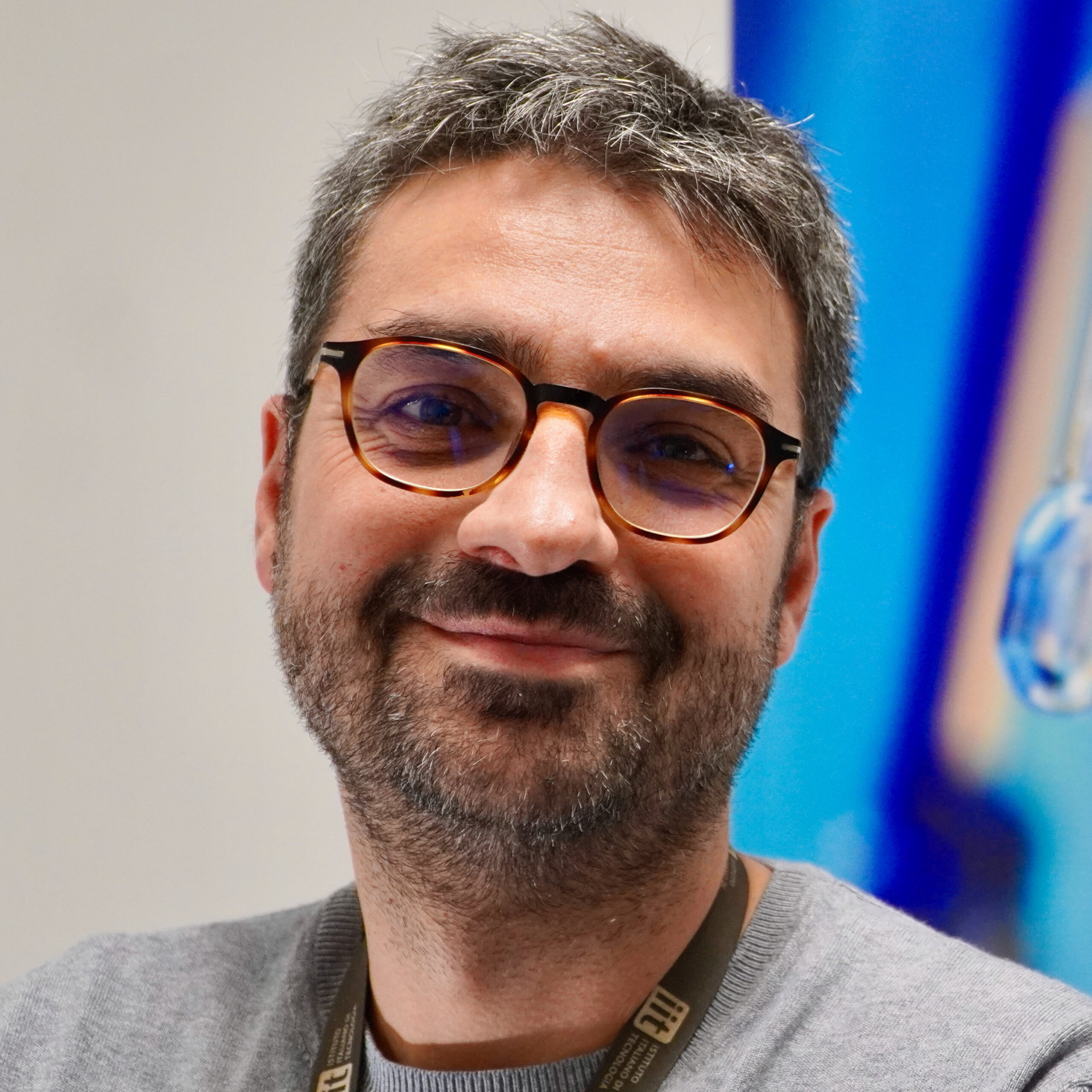
Dr. Alessandro Luzio
Technologist
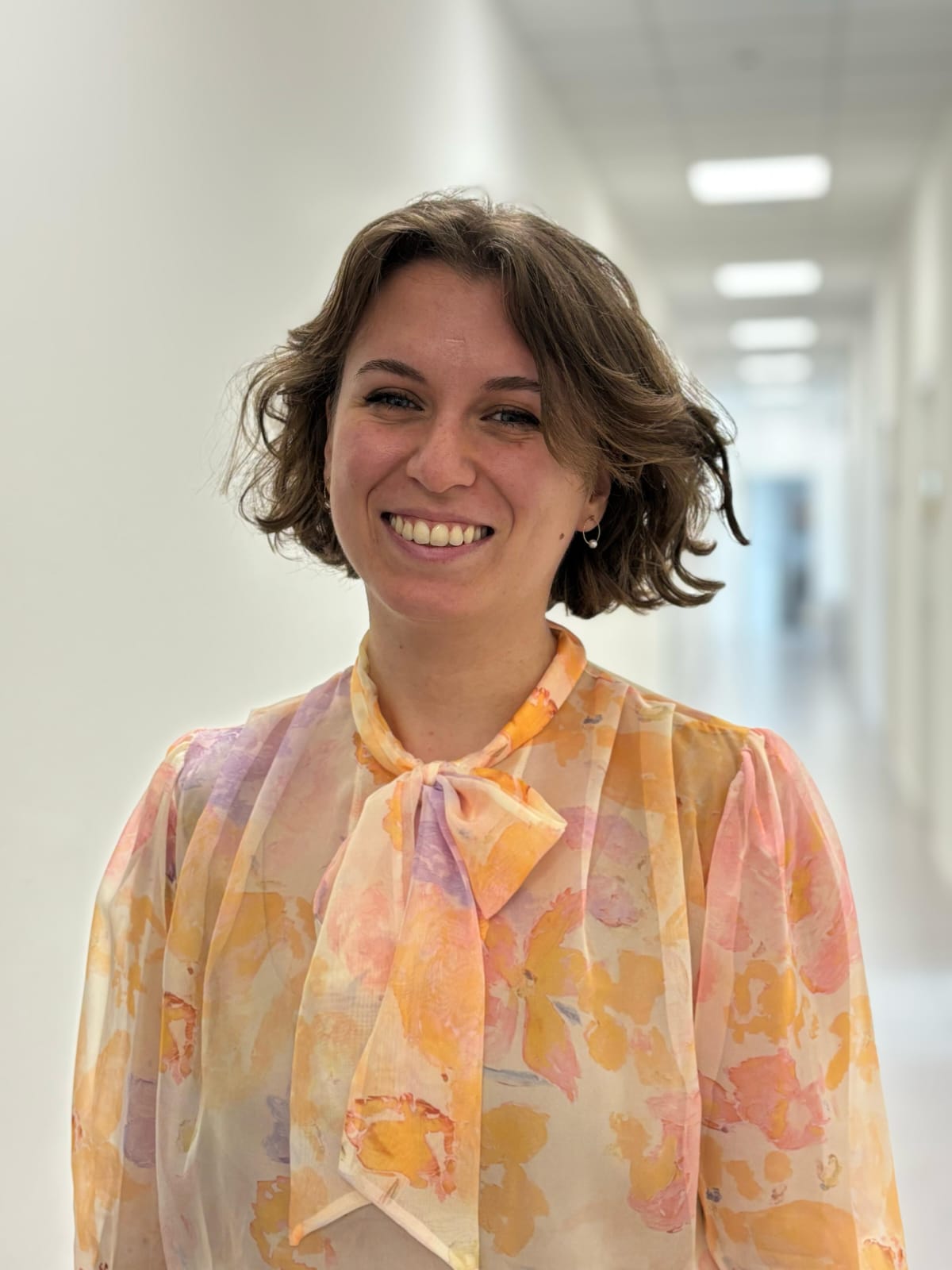
Giulia Coco
Postdoctoral Researcher

Dr. Luca De Pamphilis
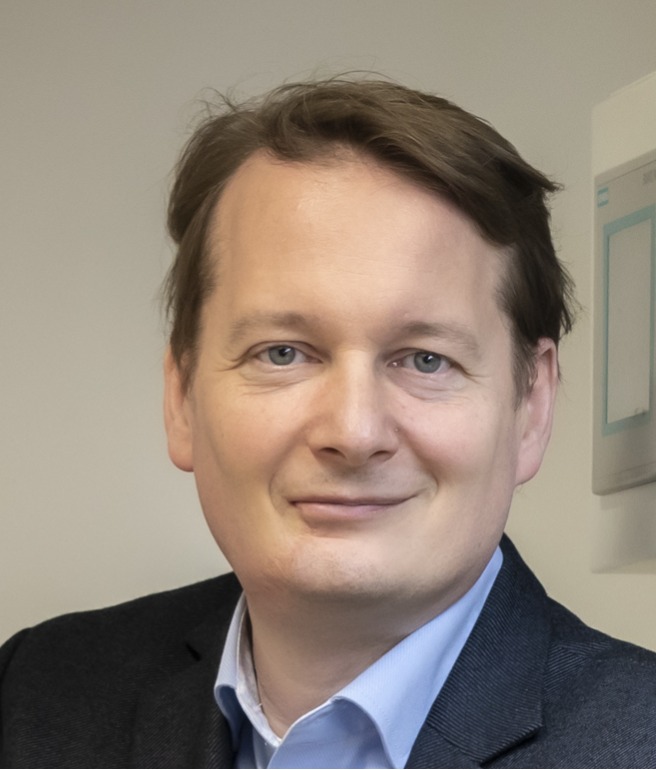
Prof. Gregor Trimmel
Full professor
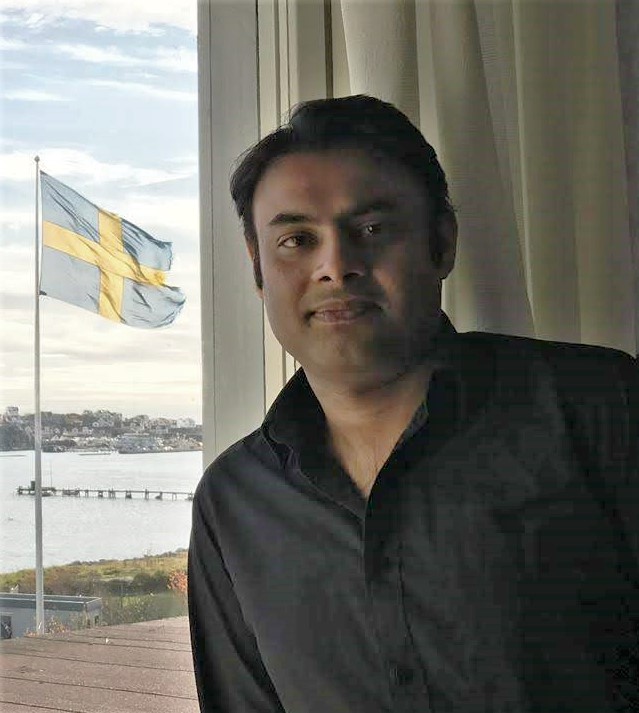
Dr. Suman Mallick
University Assistant
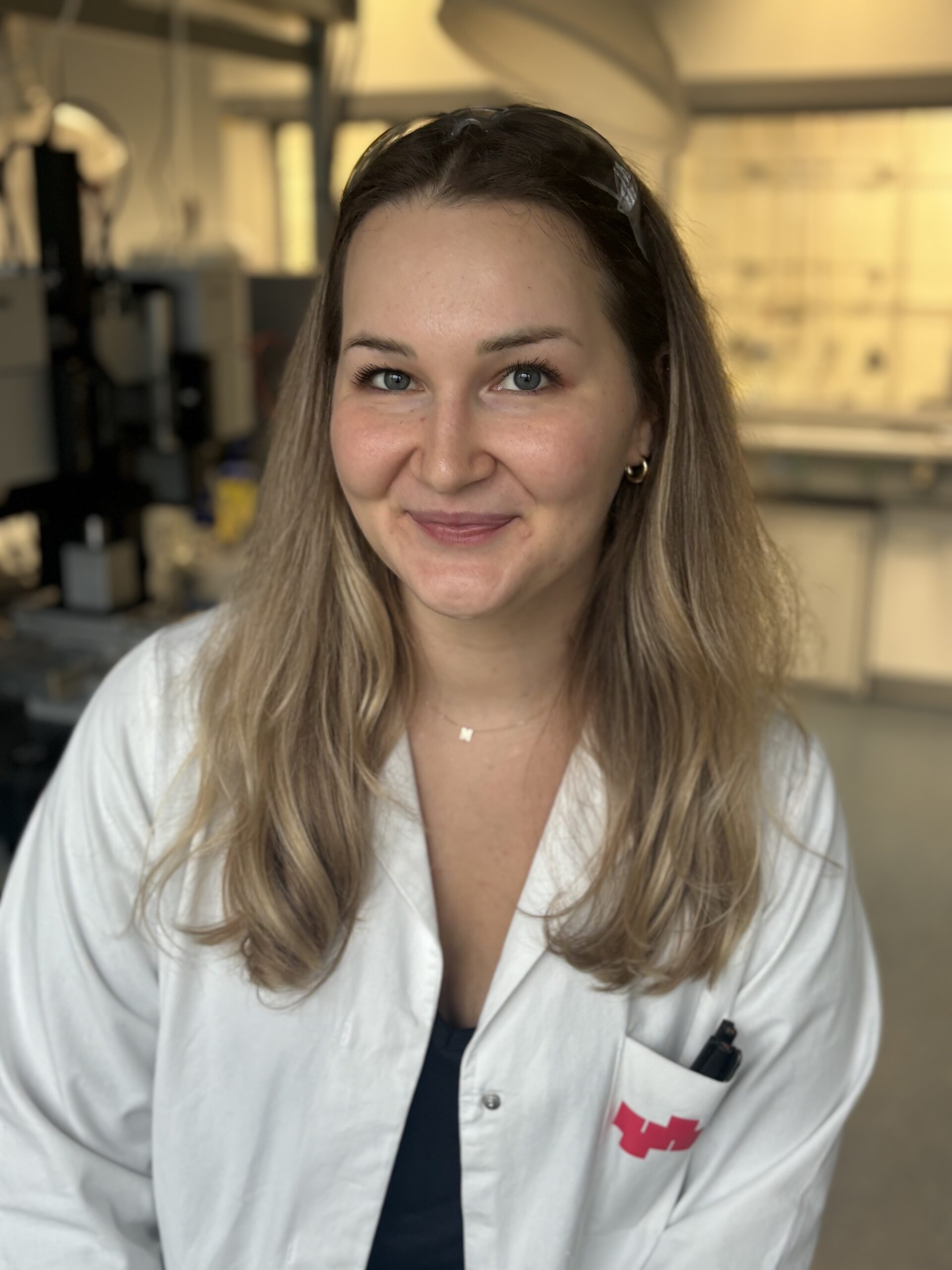
Magdalena Steinbrugger, MSc
PhD Student

Jakob Keler, MSc
PhD Student
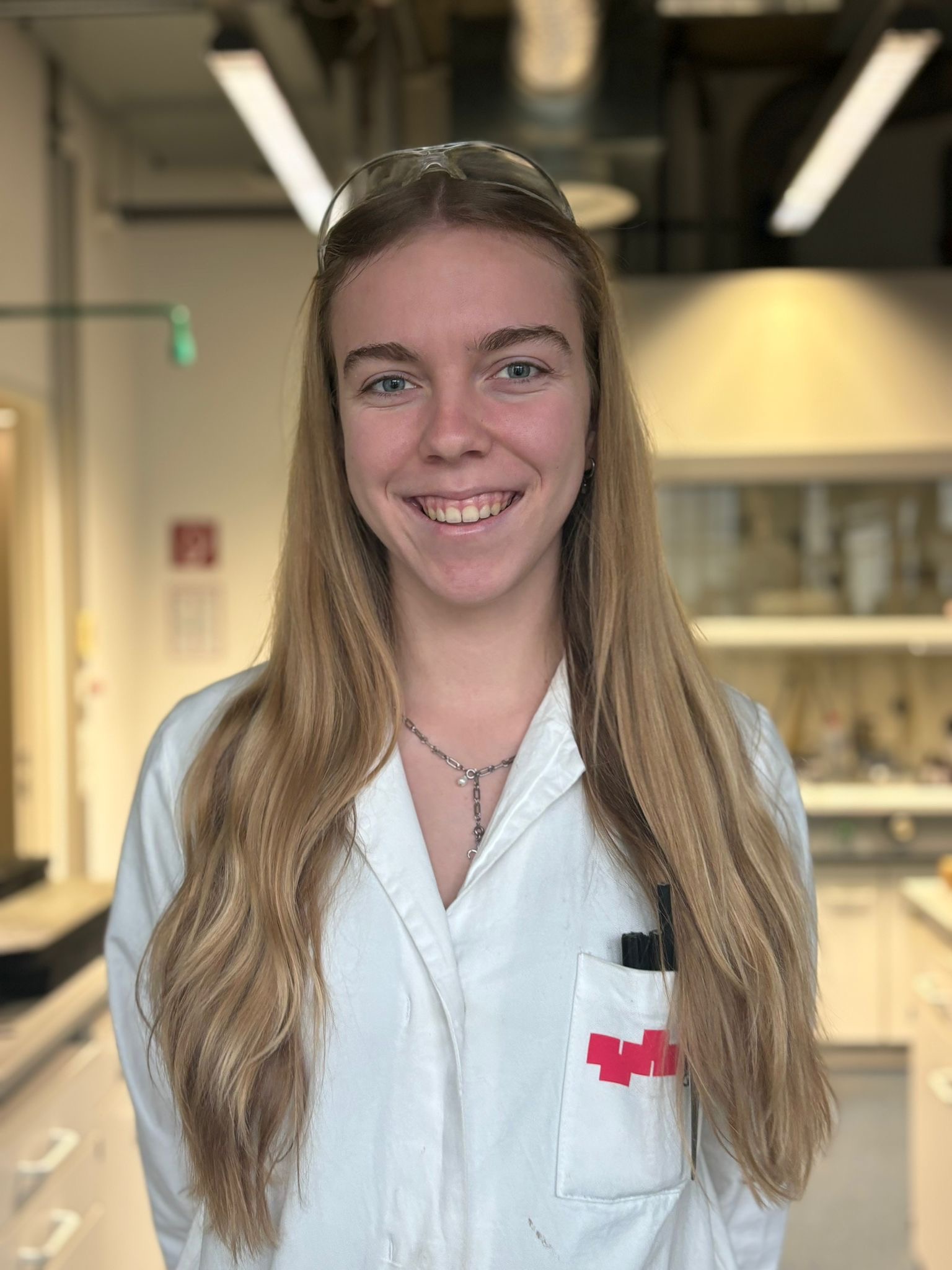
Colien Purkarthofer
Laboratory Technician
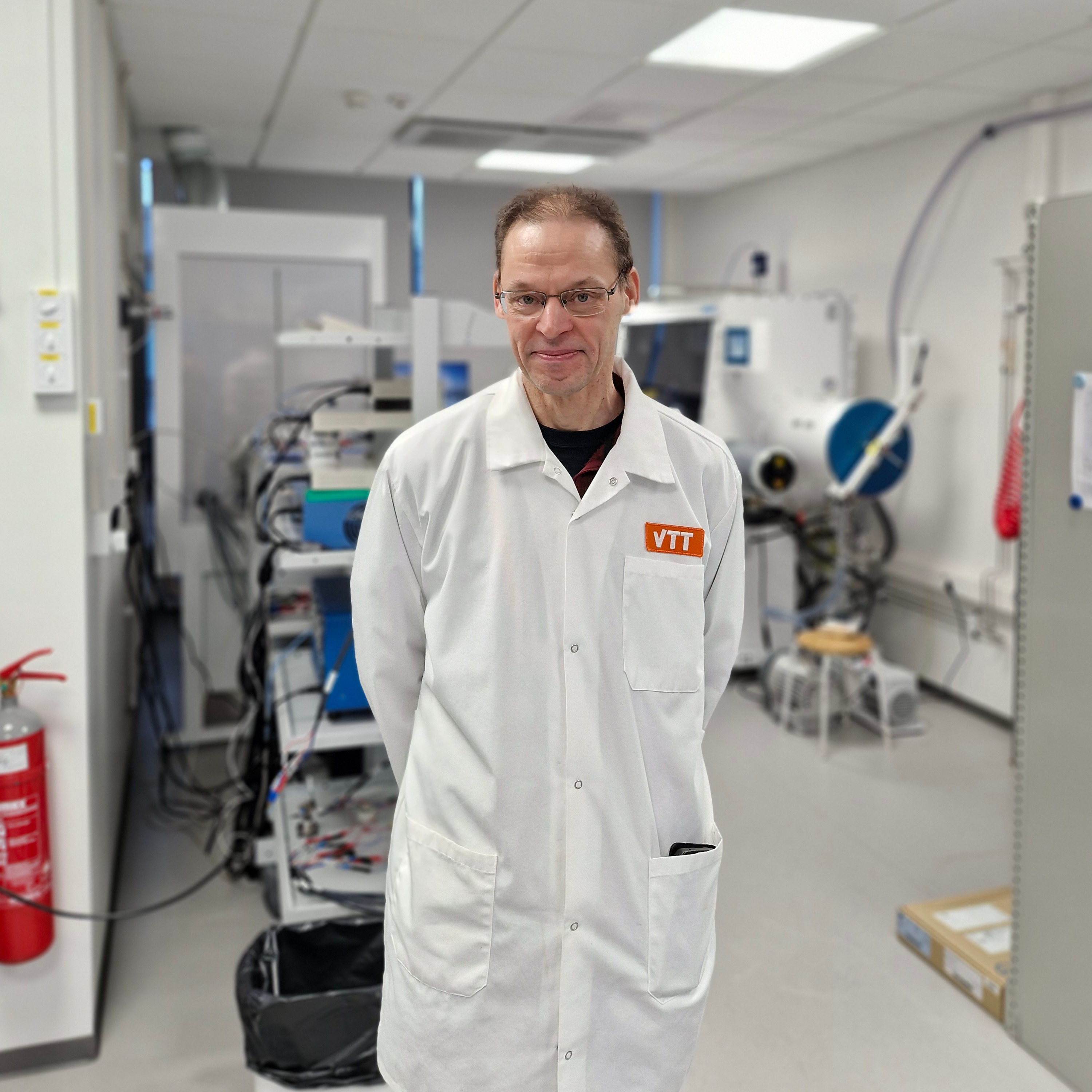
Tapio Mäkelä
Senior Scientist
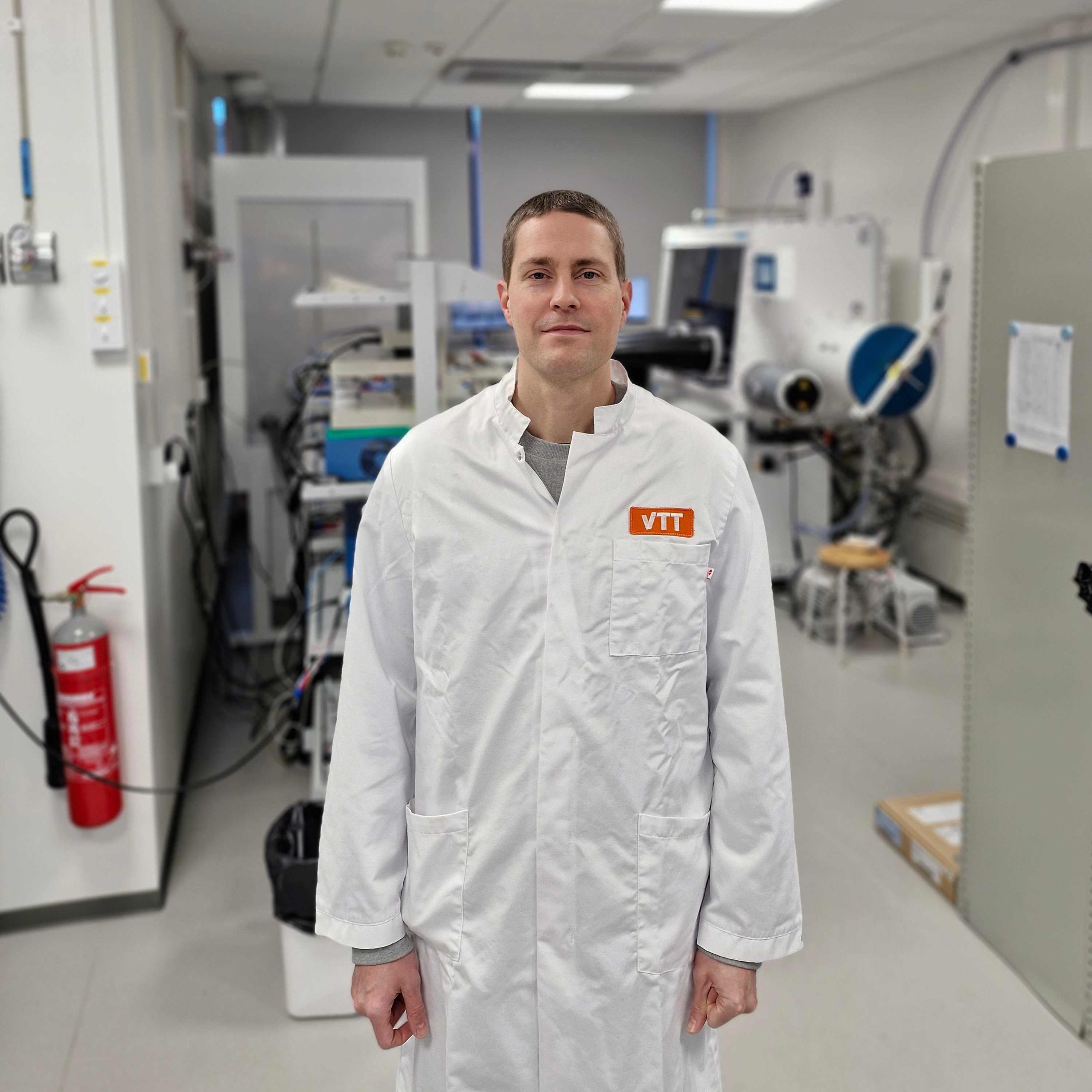
Kim Eiroma
Research Scientist
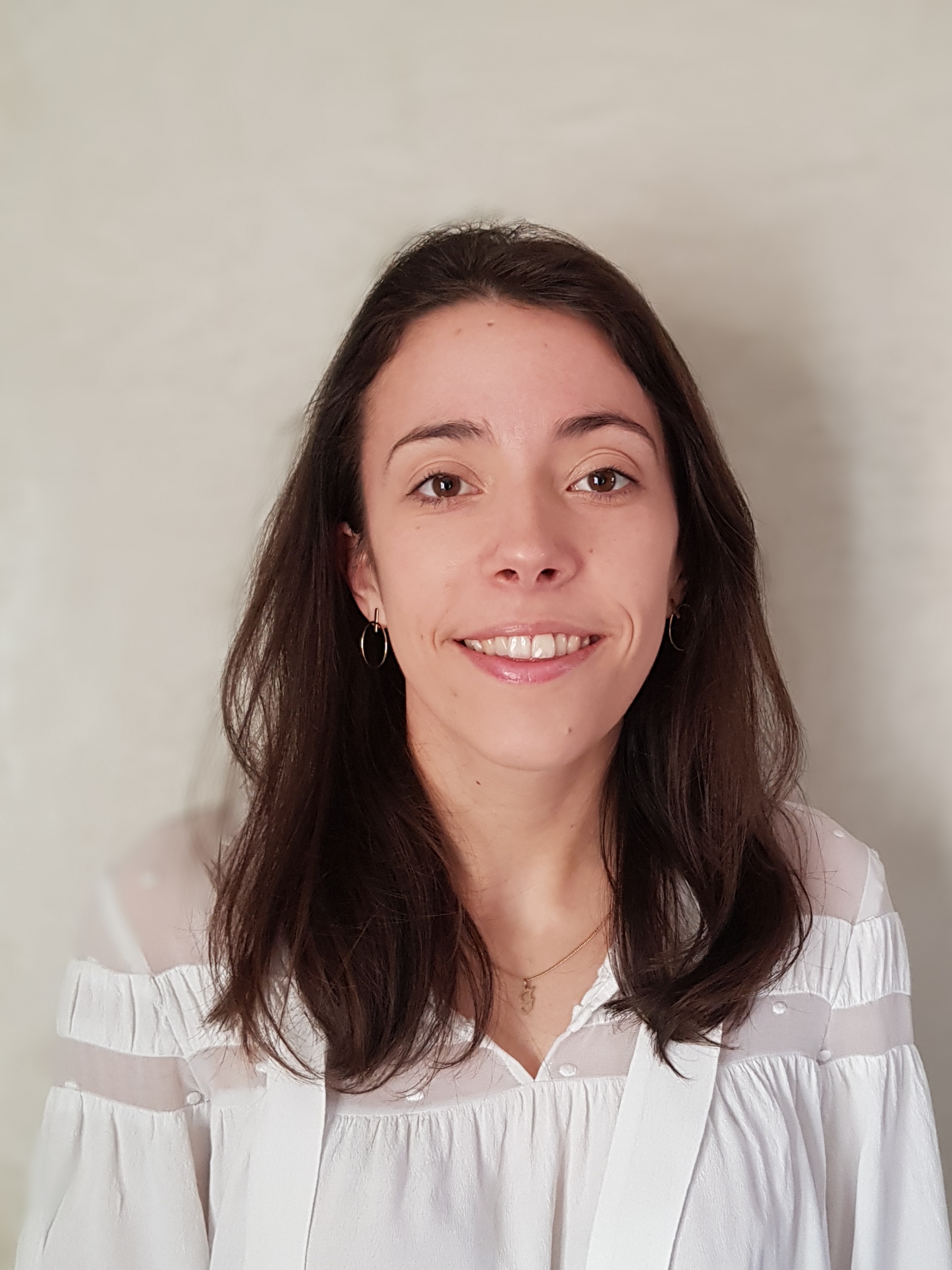
Dr. Florence Isnard
Project Manager - Materials Development and Recycling

Dr. Lionel Tenchine
R&D Programme Manager
